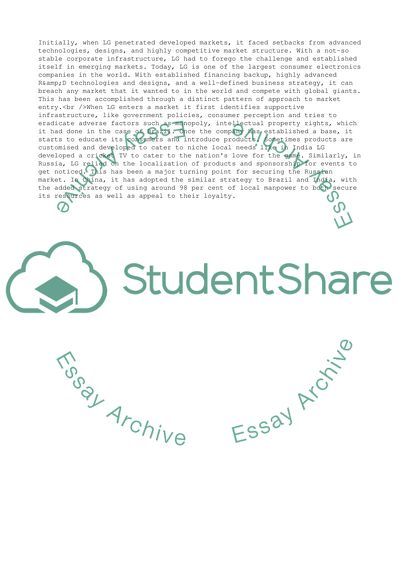Cite this document
(“International Business Strategy - Case study Essay”, n.d.)
Retrieved from https://studentshare.org/management/1585273-lg-electronics
Retrieved from https://studentshare.org/management/1585273-lg-electronics
(International Business Strategy - Case Study Essay)
https://studentshare.org/management/1585273-lg-electronics.
https://studentshare.org/management/1585273-lg-electronics.
“International Business Strategy - Case Study Essay”, n.d. https://studentshare.org/management/1585273-lg-electronics.


